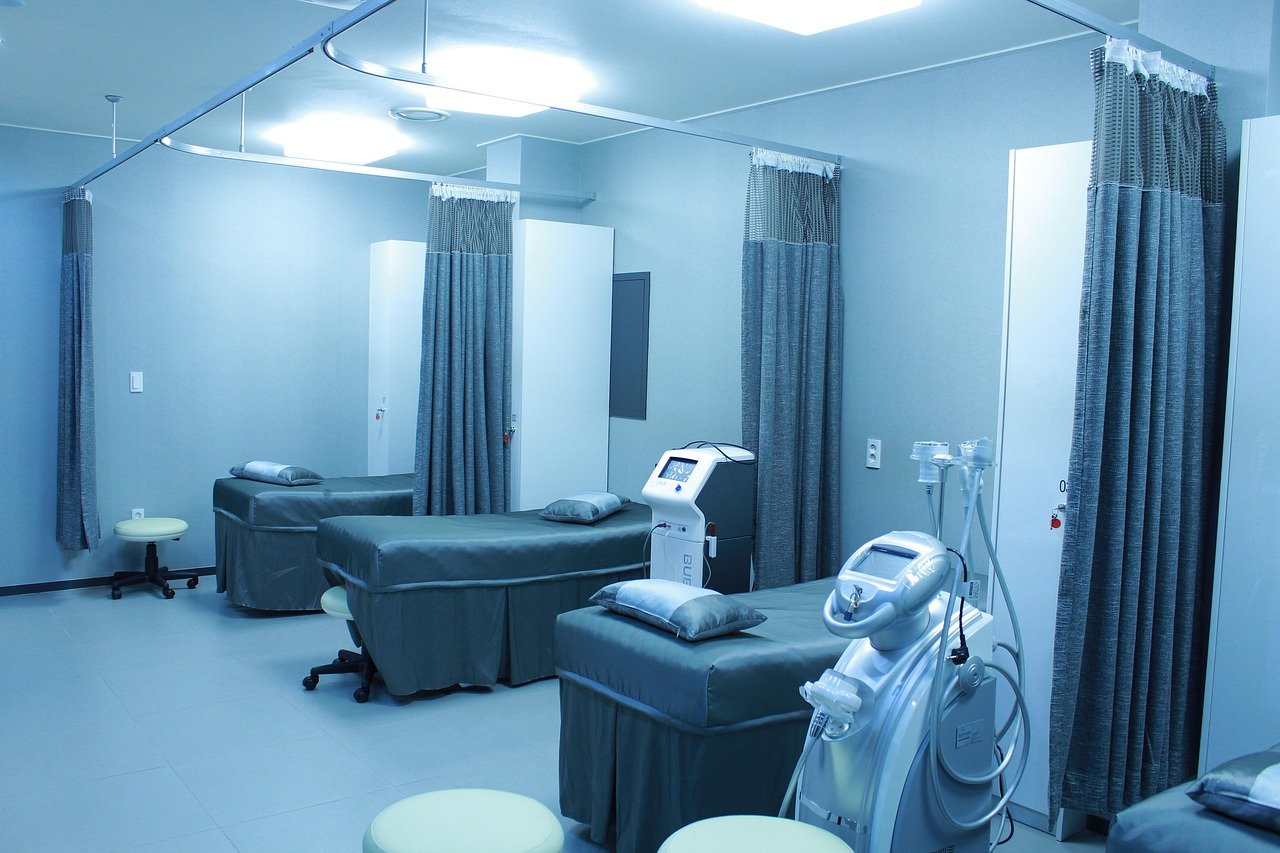In the ever-evolving landscape of healthcare, efficient inventory management is critical for both operational success and patient care quality. One of the most promising solutions gaining attention is the consignment inventory model, particularly in the hospital sector. For professionals looking to deepen their understanding, a book on consignment inventory system for hospitals offers a detailed and practical guide to implementing this model effectively. This article provides a comprehensive overview of what such a book would cover, the benefits of the system, key implementation steps, and frequently asked questions.
What Is a Consignment Inventory System in Healthcare?
Before diving into the value of a book on consignment inventory system for hospitals, it’s important to understand the concept itself. A consignment inventory system refers to a model where medical supplies and equipment are stored at the hospital but remain the property of the supplier until used. Hospitals are only billed once the items are consumed.
Also, explore How Sociallbizmagazine.com Supports Modern Entrepreneurs
This model is ideal for managing high-value medical devices, surgical supplies, and pharmaceuticals, ensuring that hospitals maintain availability without locking up capital in unused inventory.
What to Expect from a Book on Consignment Inventory System for Hospitals
A well-structured book on this topic typically explores the core principles, implementation frameworks, real-world case studies, and performance metrics associated with consignment systems in healthcare environments.
Key areas covered include:
- Overview of Consignment Inventory in Healthcare
- Vendor and Hospital Relationship Management
- Technology Integration and Tracking
- Legal and Regulatory Considerations
- Case Studies of Successful Implementations
- ROI and Cost Savings Analysis
Such content makes a book on consignment inventory system for hospitals invaluable for supply chain managers, procurement officers, hospital administrators, and medical logistics professionals.
Benefits of Using a Consignment Inventory Model in Hospitals
A book on consignment inventory system for hospitals often highlights multiple advantages, such as:
- Cost Efficiency
Hospitals reduce up-front investment by paying only when items are used, freeing up capital for other critical functions. - Inventory Optimization
By leveraging real-time inventory data, hospitals can reduce waste and overstocking while ensuring essential items are always on hand. - Streamlined Vendor Relations
Transparent systems and defined usage patterns improve collaboration with suppliers, making restocking automatic and efficient. - Improved Patient Care
With critical items always available, healthcare providers can offer timely and uninterrupted services, especially in emergency situations. - Regulatory Compliance
Proper documentation and inventory tracking help meet healthcare compliance standards and reduce audit risks.
Technology’s Role in Consignment Systems
Modern consignment models depend heavily on inventory management software, RFID tracking, and cloud-based dashboards. A book on consignment inventory system for hospitals will often include insights into leading technologies used for tracking stock levels, generating automatic reorders, and analyzing usage patterns. Integration with hospital information systems (HIS) ensures seamless operation across departments.
FAQs on Consignment Inventory System for Hospitals
Q1: Who should read a book on consignment inventory system for hospitals?
A: This book is ideal for hospital procurement teams, supply chain managers, healthcare consultants, and medical logistics professionals looking to optimize inventory processes.
Q2: How does consignment inventory reduce hospital costs?
A: By delaying payment until items are used, hospitals can conserve cash flow and avoid tying up resources in unused stock.
Q3: What types of supplies are best suited for consignment inventory?
A: High-cost, low-turnover items like orthopedic implants, surgical kits, and specialized medications are ideal for consignment models.
Q4: Can smaller hospitals benefit from consignment systems?
A: Yes, even community hospitals can benefit by reducing waste and improving supply chain efficiency through vendor-managed inventories.
Q5: Does the book include implementation guidelines?
A: Yes, most editions of a book on consignment inventory system for hospitals include step-by-step guides, checklists, and real-world case studies to support smooth implementation.
Conclusion
As hospitals continue to face rising operational costs and the need for agile inventory systems, adopting a consignment inventory model presents a clear strategic advantage. A book on consignment inventory system for hospitals serves as a crucial resource for anyone looking to implement, understand, or optimize this system in a healthcare setting. By combining theoretical frameworks with practical applications, the book empowers healthcare professionals to drive efficiency, lower costs, and enhance patient care—all while navigating the complex demands of modern hospital logistics.

